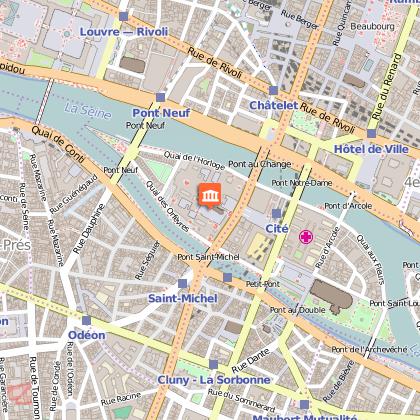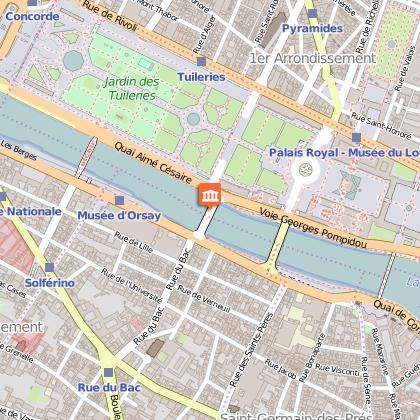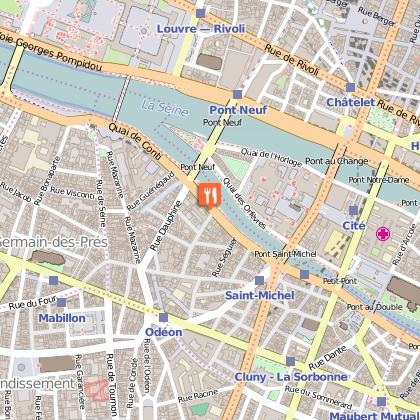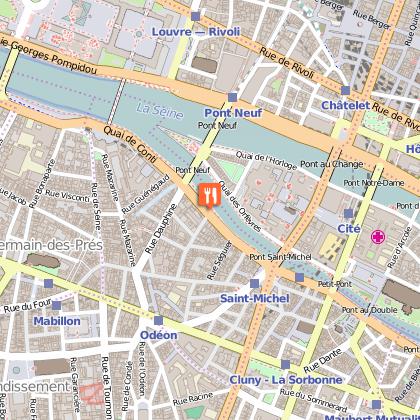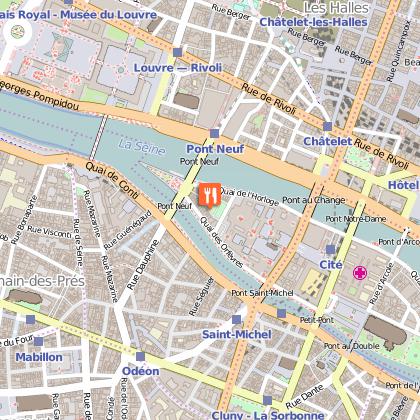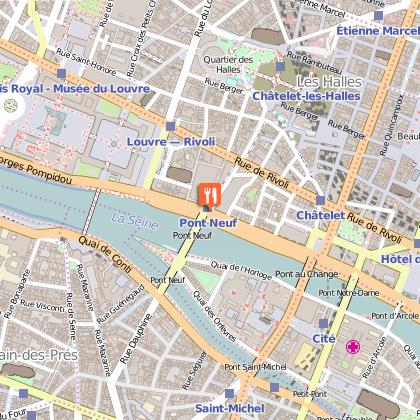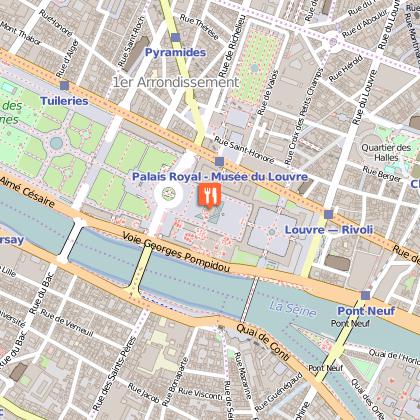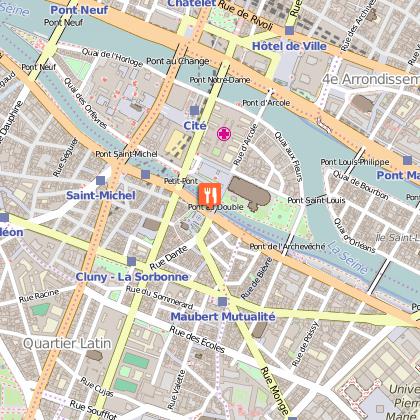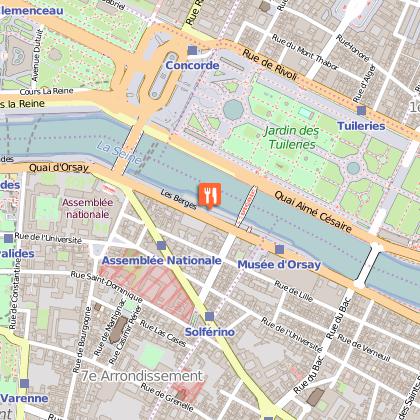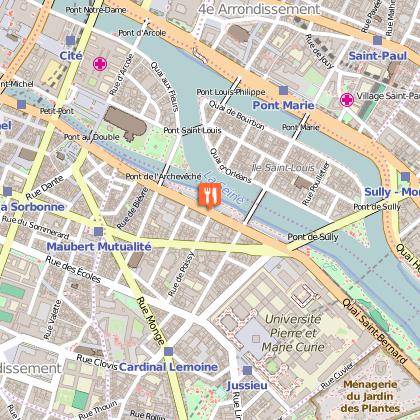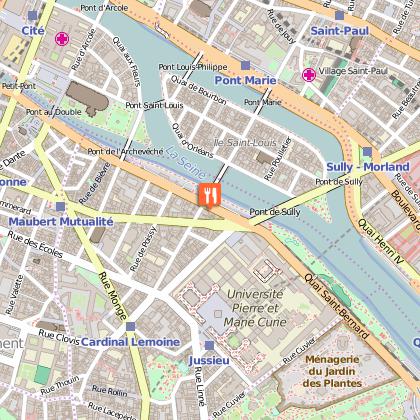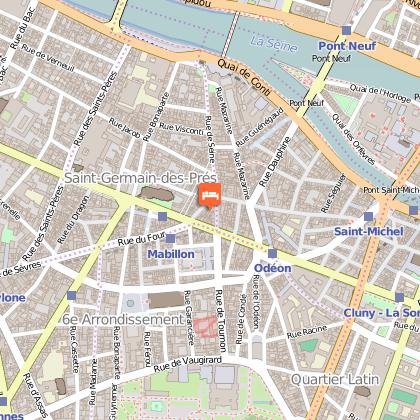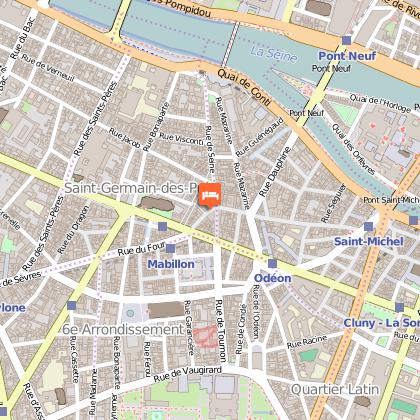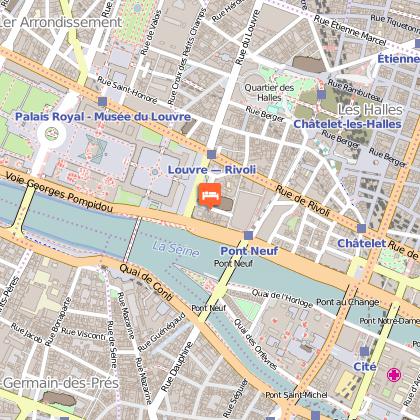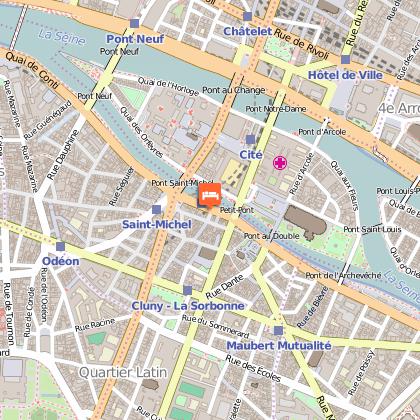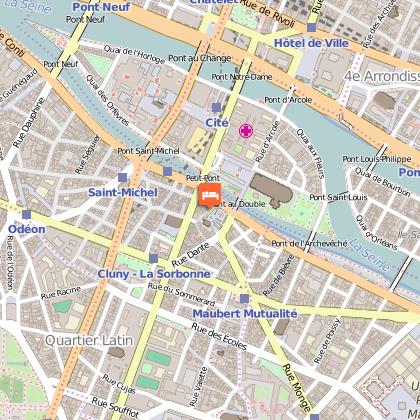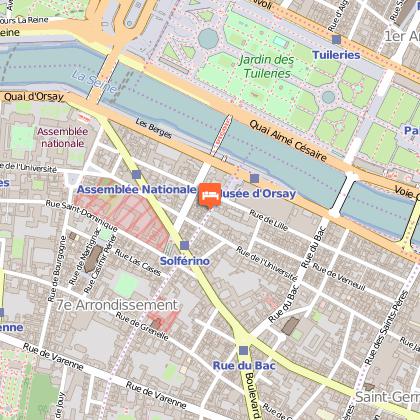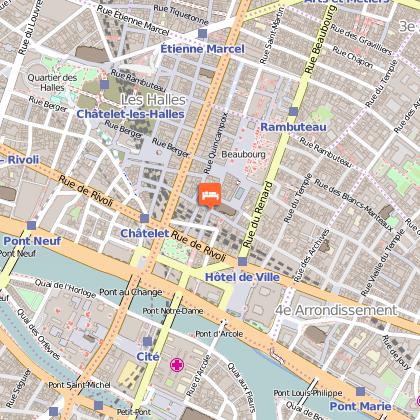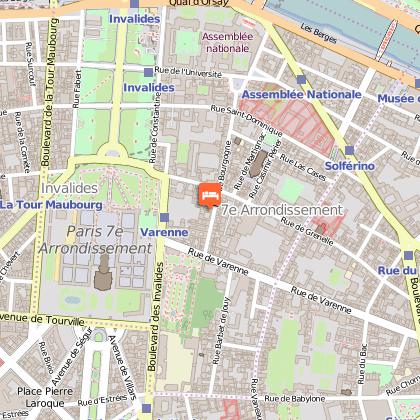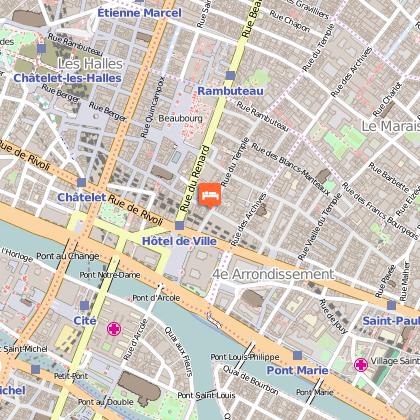Tours
Activities
Places of interest
Where to eat
Where to sleep
Discover Paris-6e-arrondissement from HOTEL MADISON
Are you the owner?Located in the heart of Paris' prestigious 6th arrondissement, HOTEL MADISON invites you to discover a myriad of exciting activities and attractions. Whether you're a history buff, an art lover, or simply looking for charming strolls, you'll find something to delight you nearby.
Start your day with a visit to the stunning Luxembourg Gardens, a peaceful oasis just steps from the hotel. Stroll thro...See more
Start your day with a visit to the stunning Luxembourg Gardens, a peaceful oasis just steps from the hotel. Stroll thro...See more
Walking around HOTEL MADISON
See more suggestionsWalks and discoveries in HOTEL MADISON.
See more suggestionsWhat to do in HOTEL MADISON
See more suggestionsRelax and have fun with the available activities in HOTEL MADISON.
See more suggestionsIGN cards
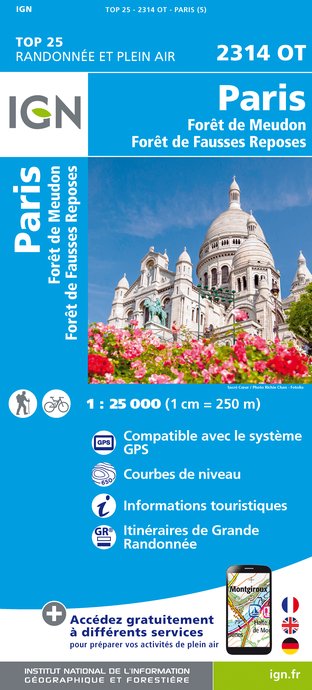
2314OT - PARIS FORÊT DE MEUDON FORÊT DE FAUSSES REPOSES
Editor : IGN
Collection : TOP 25 ET SÉRIE BLEUE
Scale : 1:25 000
13.90€

119 PARIS SENS PNR DU GÂTINAIS FRANÇAIS
Editor : IGN
Collection : TOP 100
Scale : 1:100 000
8.40€
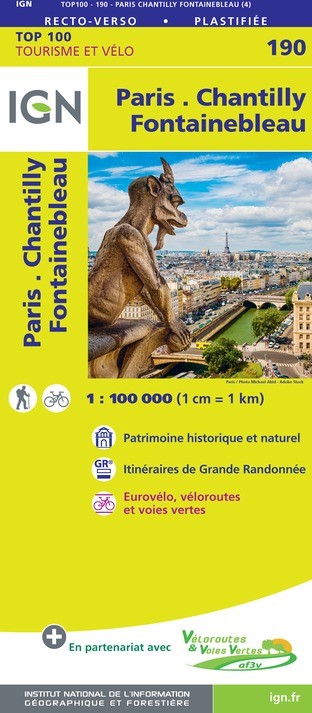
190 PARIS CHANTILLY FONTAINEBLEAU
Editor : IGN
Collection : TOP 100
Scale : 1:100 000
8.40€
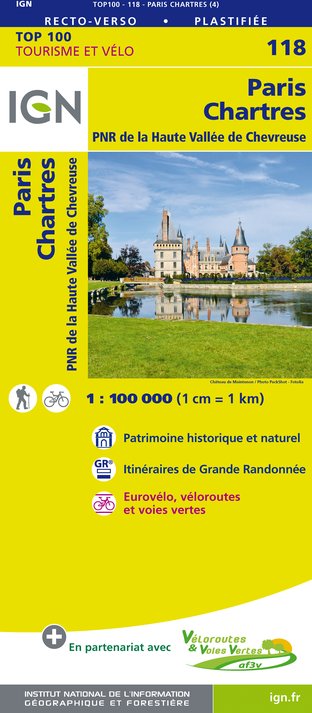
118 PARIS CHARTRES PNR DE LA HAUTE VALLÉE DE CHEVREUSE
Editor : IGN
Collection : TOP 100
Scale : 1:100 000
8.40€
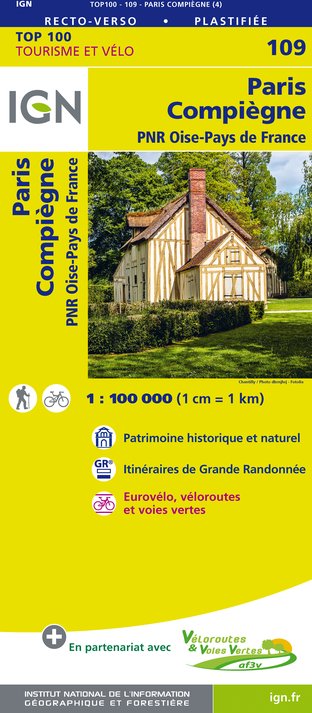
109 PARIS COMPIÈGNE PNR OISE-PAYS DE FRANCE
Editor : IGN
Collection : TOP 100
Scale : 1:100 000
8.40€

108 PARIS ROUEN BEAUVAIS PNR DU VEXIN FRANÇAIS
Editor : IGN
Collection : TOP 100
Scale : 1:100 000
8.40€

D75-95 ÎLE-DE-FRANCE OUEST
Editor : IGN
Collection : CARTES DÉPARTEMENTALES IGN
Scale : 1:150 000
5.90€

D77 SEINE-ET-MARNE
Editor : IGN
Collection : CARTES DÉPARTEMENTALES IGN
Scale : 1:150 000
5.90€
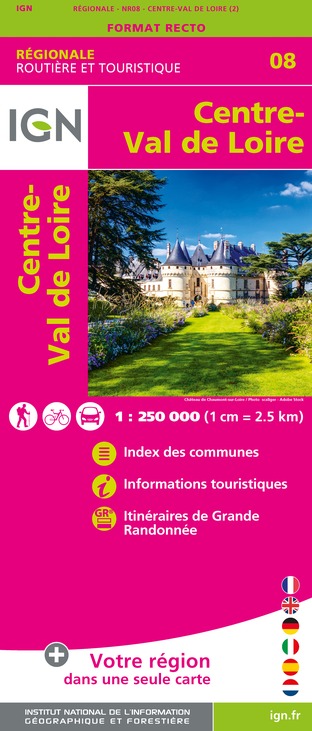
NR08 CENTRE-VAL DE LOIRE
Editor : IGN
Collection : CARTES RÉGIONALES IGN
Scale : 1:250 000
6.80€

NR03 ÍLE DE FRANCE
Editor : IGN
Collection : CARTES RÉGIONALES IGN
Scale : 1:250 000
6.80€

NR01 HAUTS-DE-FRANCE
Editor : IGN
Collection : CARTES RÉGIONALES IGN
Scale : 1:250 000
6.80€
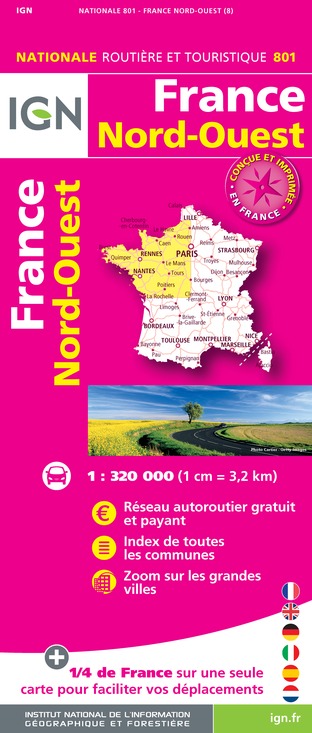
801 FRANCE NORD OUEST
Editor : IGN
Collection : CARTES NATIONALES IGN
Scale : 1:320 000
6.10€

EUROPE
Editor : IGN
Collection : DÉCOUVERTE DES PAYS DU MONDE IGN
Scale : 1:2 500 000
7.00€
What to visit in HOTEL MADISON
See more suggestionsLearn the history of HOTEL MADISON through its museums.
See more suggestionsWhere to eat in HOTEL MADISON
See more suggestionsCome and taste typical dishes of HOTEL MADISON.
See more suggestionsWhere to sleep in HOTEL MADISON
See more suggestionsStay at one of the many hotels in HOTEL MADISON.
See more suggestions

























